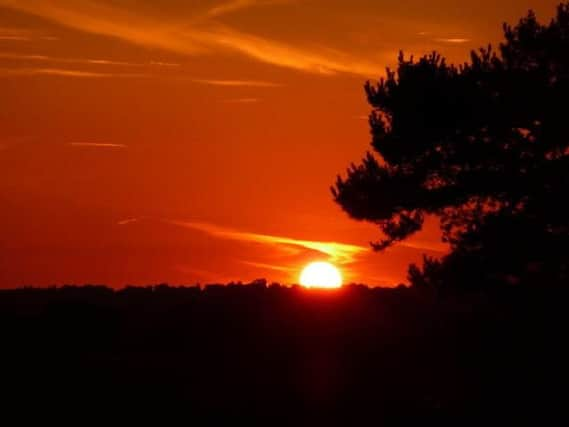Long and short of today's summer solstice


To idle away the many hours between this morning's 4.45am sunrise and tonight's 10.34pm sunset, we shine a light on seasonal top ten facts.
There are two solstices each year: one in winter, and one in summer.
Advertisement
Hide AdAdvertisement
Hide AdBetween June 20 and 22, the Earth's axis is tilted as far as it can go toward the Sun.
Between Dec. 21 and 22, it's the opposite — the axis is tilted as far away as it can go.
Just like the summer solstice is the longest day of the year, the winter solstice is the shortest.
The word solstice comes from Latin.
Sol means sun, and sistere means being still. Therefore, the solstice occurs when the sun seems to be still in the sky at noon.
Advertisement
Hide AdAdvertisement
Hide AdIn most places, the first day of summer isn't the hottest day of the year. It varies by location — usually the Southwest has its warmest temperatures between now and mid-July, while the Northeast sees its hottest times between mid-July and early August.
This year, the summer solstice matches up with a strawberry moon. It's just a full moon that occurs in June — it's so named because Native Americans saw its arrival as the start of strawberry season.
Today is the first summer solstice since 1967 that coincides with a strawberry moon.
About 25,000 people were expected to travel to the ancient monument of Stonehenge to see the sun rise and set. Stonehenge is constructed in a way that, near the solstice, allows onlookers to see the sun move precisely above the Heel Stone.